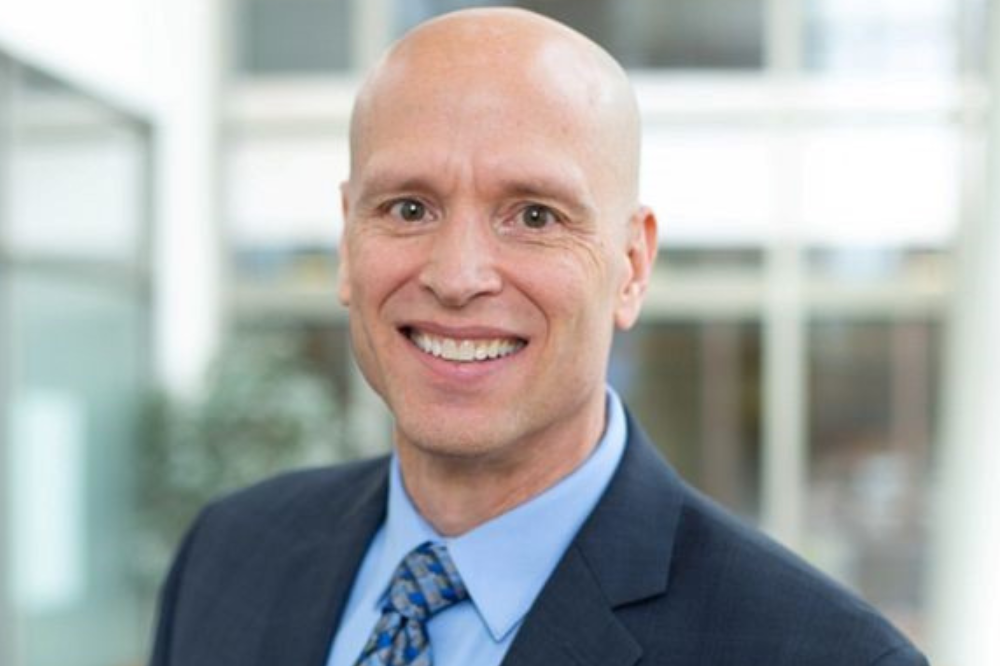Active shooter preparedness doesn’t have to be difficult according to Church Mutual leader

Active shooter preparedness doesn’t have to be difficult according to Church Mutual leader | Insurance Business America
Insurance News
Active shooter preparedness doesn’t have to be difficult according to Church Mutual leader
How insurers can help impart useful risk prevention tips and tricks
Insurance News
By
David Saric
As more Americans grow concerned for their safety when attending religious venues, community centers and educational institutions, imparting proper risk prevention tools has become increasingly essential.
Armed shooter preparedness doesn’t have to be difficult according to Eric Spacek (pictured), assistant vice president, risk control, at Church Mutual.
While this may be a daunting subject to have to tackle, “it’s really just a matter of kind of getting an assessment and getting a plan in place,” Spacek said, whether that’s in-person or virtually.
In an interview with Insurance Business, Spacek outlined how to create a safer space and the need for properly trained and insured armed security.
Developing effective risk prevention tools
According to the Risk Radar Report from Church Mutual, more than half of Americans (54%) revealed that their top safety concern while attending religious services, community, or non-profit and school events was an armed intruder or physical violence incident.
Sixty-seven per cent (67%) of respondents were particularly worried about an armed intruder appearing at a school event. These spaces are particularly vulnerable to active shooter threats because unlike a government building or an airport, they do not have the sophisticated safety protocols or standards to stave off a potential incident.
According to Spacek, for owners and operators of these establishments who may be worried about these types of events, creating a safer space starts internally with good risk prevention insight.
“The most important thing is to have some person – or ideally a team – and have safety and security be their area of responsibility, whether that’s a staff person or a volunteer,” he said.
From there, this individual or team should call upon law enforcement or an experienced insurer/broker in the active shooter prevention space to assess the premises.
One of the easiest things that can help bolster a building’s security profile is installing cameras to provide surveillance on the premises.
“When we talk about security cameras, we often stress the importance of the real time monitoring,” Spacek said.
“So that it’s not just something that captures that event after it happens, but that someone’s actually seeing it and can actually respond immediately.”
Within the Risk Radar Report, effective security cameras topped the list of the most recommended tools to ward off an armed intruder (59%).
Tapping into local law enforcement resources
Next to security cameras, armed security is the second most favored safety measure from respondents, at 56%.
For those looking to employ this option, there are a few things to consider. The first is the liability of the organization, whether it is outsourced or internal.
Insurers with knowledge and insight on religious institutions and other non-governmental public organizations also often recommend looking to law enforcement to secure the premises.
“We encourage organizations to look at police protection, such as off-duty law enforcement, because there’s a measure of liability protection that goes along with that,” Spacek said. “Plus, there’s the superior training and just dealing with criminal element that is greater than what an internal team would do.”
From an insurance perspective, bringing in armed security means that an organization must re-evaluate the coverage it currently has. It is important that an insured talk to their agent or broker to make sure they have the proper coverage.
If a policyholder is looking to hire from a private security service, “making sure you have the right agreements in place from a protection standpoint, both indemnification and also insurance protection from that organization,” is paramount, Spacek said.
Additionally, if an organization is looking to its internal team to provide security, they are “responsible for providing the training, the background checks and the screening of those folks. And essentially, you’re on the hook for their acts. You want to be very cautious in that regard.”
Related Stories
Keep up with the latest news and events
Join our mailing list, it’s free!






